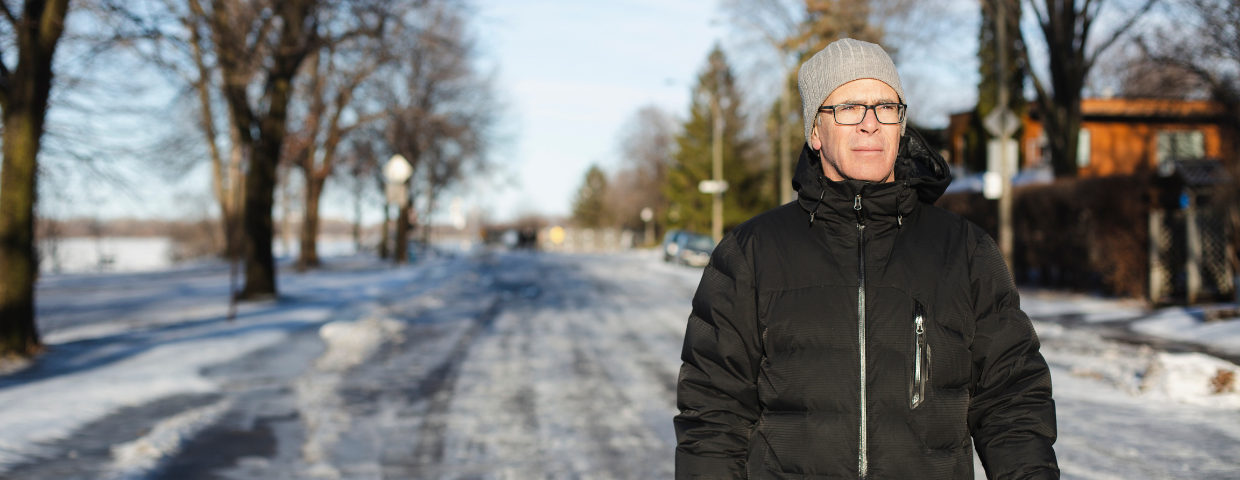
Heart surgery recovery is a journey that requires careful attention to your body's healing process, and the winter season brings unique challenges that patients need to address. Whether you've undergone CABG, heart valve replacement, or thoracic surgery, understanding how cold weather affects your recovery can help you stay on track and avoid complications during those critical first 4-6 weeks post-surgery.
Why Winter Weather Matters for Recovery
Cold temperatures can significantly impact your cardiovascular system and healing process. When exposed to cold air, your blood vessels constrict, which can increase blood pressure and put additional strain on your healing heart. For patients recovering from sternotomy or thoracotomy procedures, this physiological response combined with environmental factors creates a perfect storm of potential setbacks.
The winter months also bring increased risks of respiratory infections, something particularly concerning when you're working to return to pre-op respiratory levels. A simple cold or flu can trigger intense coughing fits that stress your sternal or thoracic wound, potentially leading to complications that could result in hospital readmission.
Essential Winter Adjustments for Heart Surgery Recovery
Protect Your Airways
Cold air irritates the respiratory system, especially in healing lungs. Before going outside, wrap a scarf loosely around your nose and mouth to warm the air you breathe. This simple step can prevent bronchospasm and reduce the likelihood of coughing episodes that could compromise your surgical wound.
Maintain Indoor Humidity
Winter heating systems dry out indoor air, which can irritate your throat and airways. Use a humidifier to maintain 30-50% humidity in your home, making breathing more comfortable and supporting your respiratory therapy exercises.
Dress in Layers
Managing body temperature is crucial during recovery. Dress in loose, comfortable layers that you can easily adjust without excessive arm movements that might strain your chest. Remember that your sternum support device should be worn over your clothing at all times, so choose softer fabrics that won't create bulk or discomfort.
Stay Active Indoors
While outdoor walking is often recommended for cardiac recovery, icy sidewalks and frigid temperatures make winter walks treacherous. Develop an indoor walking routine instead, whether in your home, a local mall, or a climate-controlled facility. This allows you to maintain your activity level without the cardiovascular stress of cold exposure.
The Role of Proper Support During Winter Recovery
Having the right support system, both medical and physical, becomes even more important during winter months. The two primary goals during recovery are returning to pre-op respiratory levels and stabilizing your surgical wound. Winter's challenges make both goals more difficult to achieve without proper tools.
This is where devices like the HeartHugger™ Sternum Support Harness become invaluable. Used in over 220 U.S. hospitals and 340 heart programs worldwide, this FDA-classified therapeutic medical binder gives patients control over their pain management. The device remains loose and passive until you need it. When that inevitable winter cough, sneeze, or sudden movement occurs, you simply squeeze the handles together to provide uniform pressure around your entire rib cage.
What makes sternum support particularly crucial in winter is the unpredictability of respiratory symptoms. You can't always prevent a cough triggered by cold air or a sneeze from dry indoor heat, but you can control how much those involuntary actions impact your healing sternum. With immediate stabilization at your fingertips, you can be more aggressive with your respiratory therapy exercises, which is essential when fighting the respiratory challenges winter presents.
Building Confidence Through Patient Control
When patients are actively involved in their own medical care, they develop the confidence and independence that enhances recovery. Winter can feel isolating and limiting, but having tools that empower you to manage your own comfort and protection allows you to maintain the psychological momentum needed for successful healing.
As you adjust your recovery plan for winter weather, remember that prevention and preparation are key. Consult with your cardiac rehabilitation team about specific modifications for your situation, stay current with flu and pneumonia vaccinations, and don't hesitate to ask questions about any concerns that arise during these colder months. Your recovery journey is unique, and giving yourself the support you need, in every sense of the word, sets the foundation for long-term heart health.
